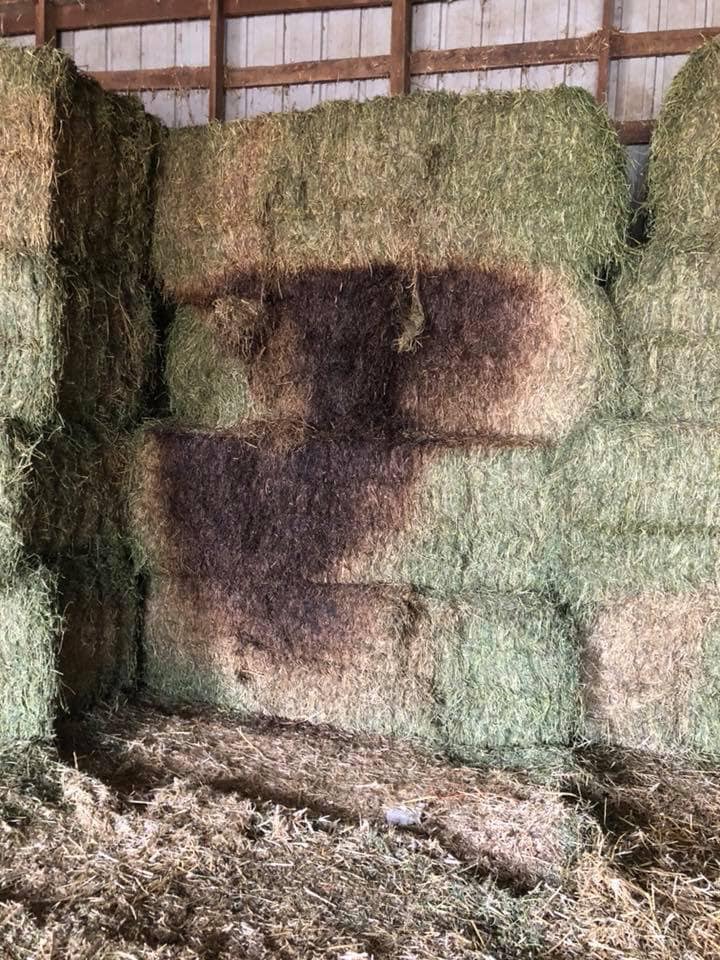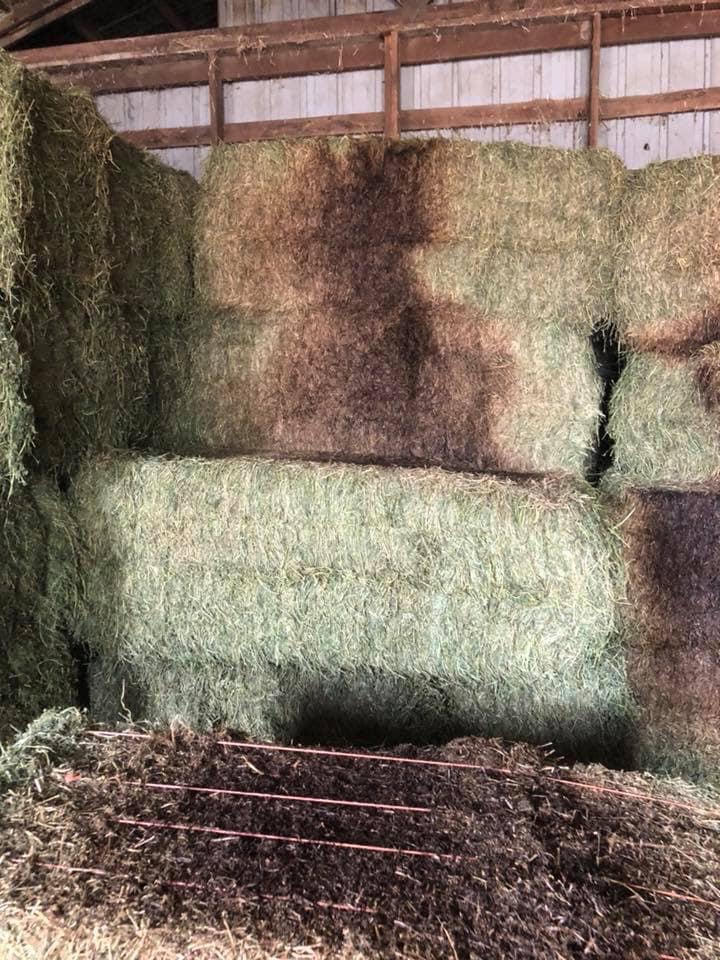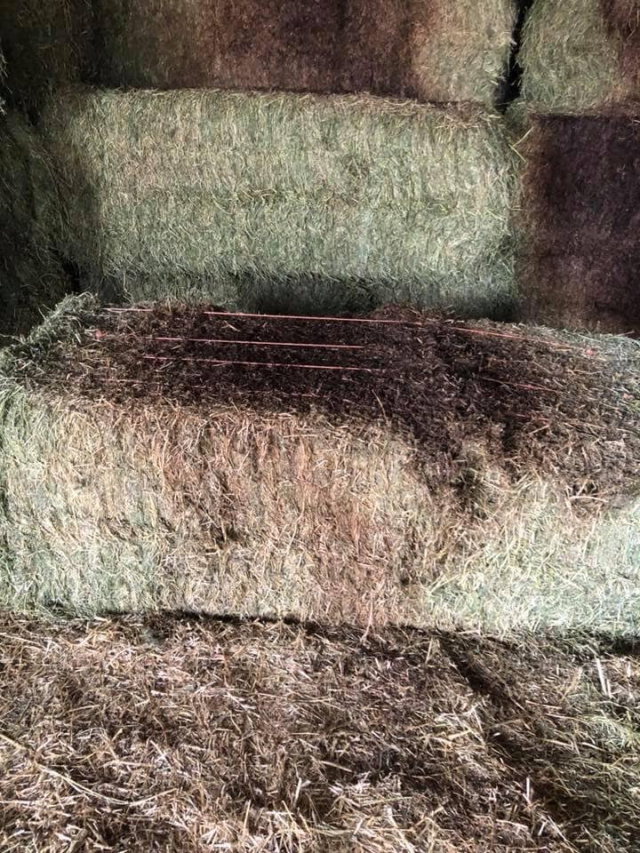PICKAWAY – Our area has lots of farms, and lots of hay. Who knew that wet hay could catch fire? A report from Greenfield Township Fire Department says for farmers to really monitor their hay bales this year because of the amount of moisture that we’ve received could start a major fire in a barn from the stored hay.
The big issue is making sure that the hay is dry enough before being stored, if hay is baled at more than 20% moisture the bacteria in it can release heat up to 175 degrees, according to Jason Hartschuh a guest contributor to Ohio State University Extension’s Ag Safety Program.
Most wet bales catch fire within six weeks of baling, Hartschuh says. Here are some things to consider when determining if your hay is at risk of fire. Did the field dry evenly? Were moisture levels kept at or below 20%? If moisture was higher than that, was a hay preservative used?

If you are concerned that your hay is a fire risk, monitor it twice a day for the first six weeks or until low temperatures stabilize, he says. Temperatures should be taken from the center of the stack or “down about 8 feet in large stacks.”
Not only can wet hay catch fire, but it can mold. Hartschuh says bale temperatures of 120° to 130° F often results in mold growth and makes the protein less available to animals.
“While those temperatures are not high enough to cause hay fires, the concern is if the mold growth continues and pushes temperatures upward into the danger zone,” he says.
According to research from OSU, if the temperature in the hay continues to rise, reaching temperatures of 160° to 170° F, then there is cause for alarm.

“At those elevated temperatures, other chemical reactions begin to occur that elevate the temperature much higher, resulting in spontaneous combustion of the hay in a relatively short period of time,” Hartschuh says. “If the hay temperature is 175° F or higher, call the fire department immediately, because fire is imminent or present in the stack.”
Critical Temperatures and Actions to Take
The team from OSU extension recommends monitoring the following temperatures and taking appropriate action.
125° – No Action Needed
150° – Hay is entering the danger zone. Check twice daily. Disassemble stacked hay bales to promote air circulation to cool the hay outside.
160° – Hay has reached the danger zone. Check hay temperature every couple of hours. Disassemble stacked hay to promote air circulation to cool hay have fire department present while unstacking from here on.
175° – Hot pockets are likely. Alert fire service to possible hay fire incident. Close barns tightly to eliminate oxygen.
190° – With the assistance of the fire service, remove hot hay. Be aware the bales may burst into flames.
200°+ – With the assistance of the fire service, remove hot hay. Most likely, a fire will occur. Keep tractors wet and fire hose lines charged in the barn and along the route of where bales are to be stacked.












